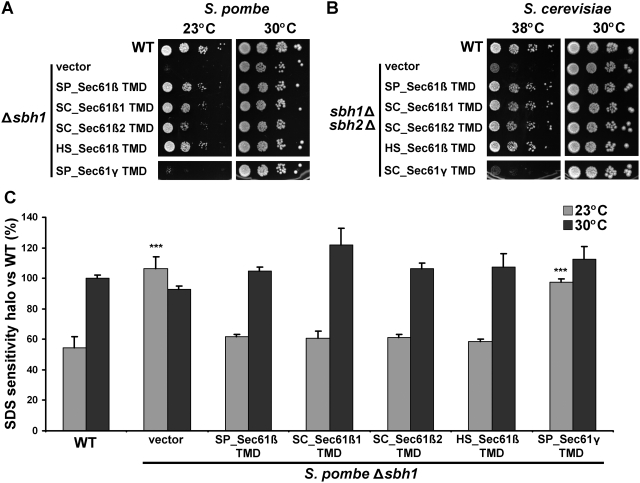Figure 5. The transmembrane domain (TMD) of different Sec61β homologs is sufficient to complement the knockout of the whole gene in fission and budding yeast.
(A) Cold sensitivity of S. pombe Δsbh1 cells (SP15039) and (B) heat sensitivity of S. cerevisiae sbh1Δsbh2Δ cells (SC3232) are rescued by the TMD of different Sec61β homologs. Δsbh1 and sbh1Δsbh2Δ cells expressing the 26 amino acids of the TMD of Sec61β homologs from S. pombe (SP), S. cerevisiae (SC) and human (HS) were serial-diluted (10−1–10−4) and spotted on MM+AL plates or SD-L plates. Growth was monitored during 5 days for S. cerevisiae and 7 days for S. pombe at the indicated temperatures. Sec61γ from S. pombe (SP) or S. cerevisiae (SC) were used as negative controls. Results are representative of three or more independent experiments. (C) Suppression of S. pombe Δsbh1 SDS sensitivity by the TMD of different Sec61β homologs. SDS-sensitivity halo was measured after 3–5 days of incubation at the indicated temperatures for cultures of the strains presented in (A). Data shown are mean±standard deviation of three or more independent experiments. *** indicates p<0.001 for Student's t-test versus WT.

